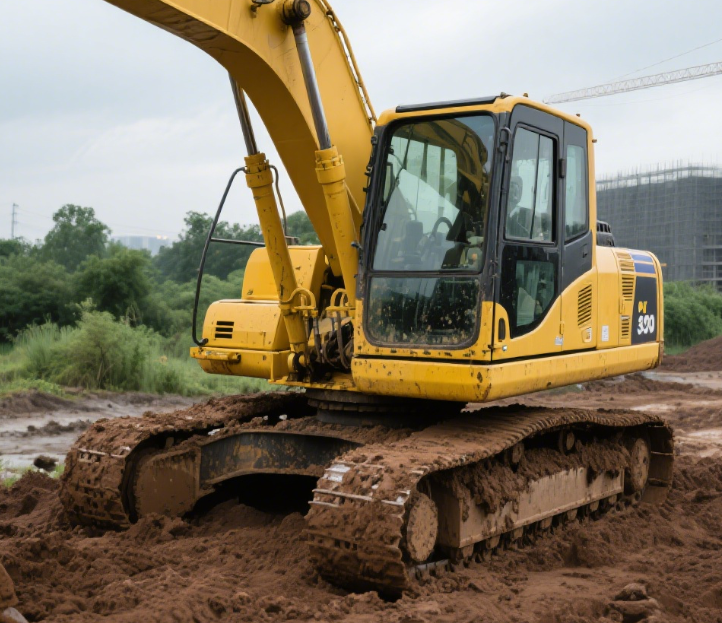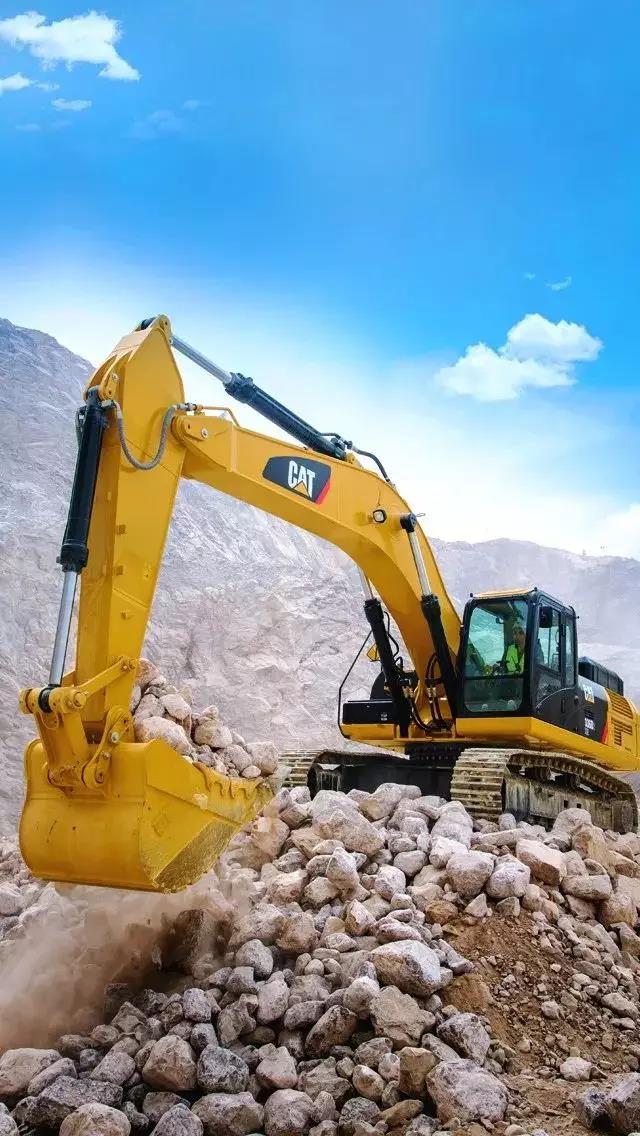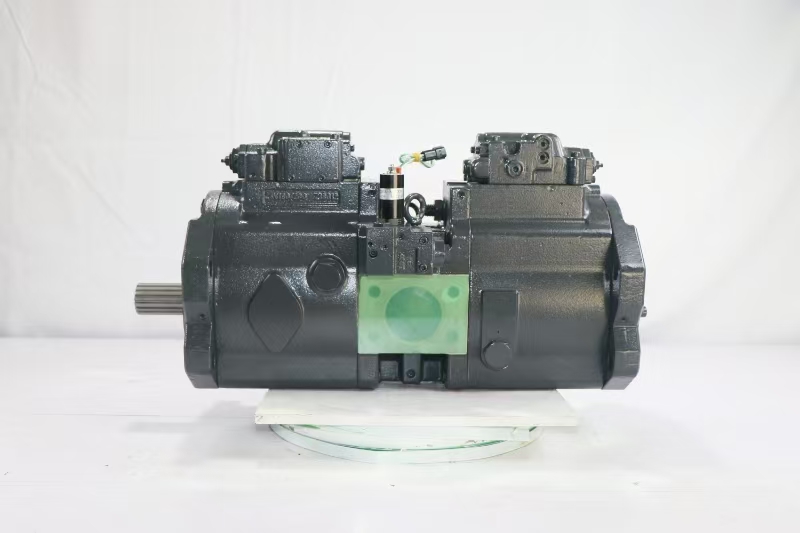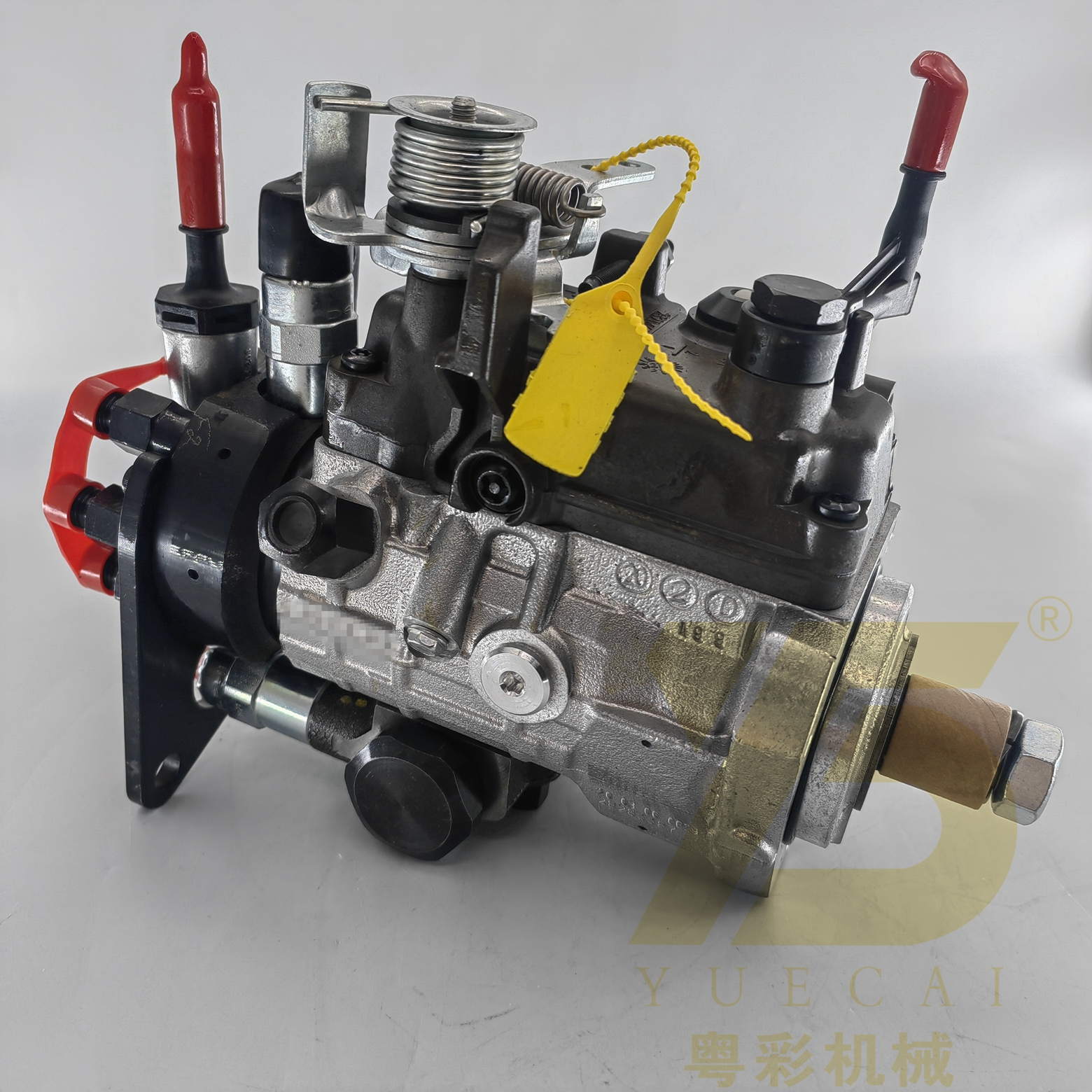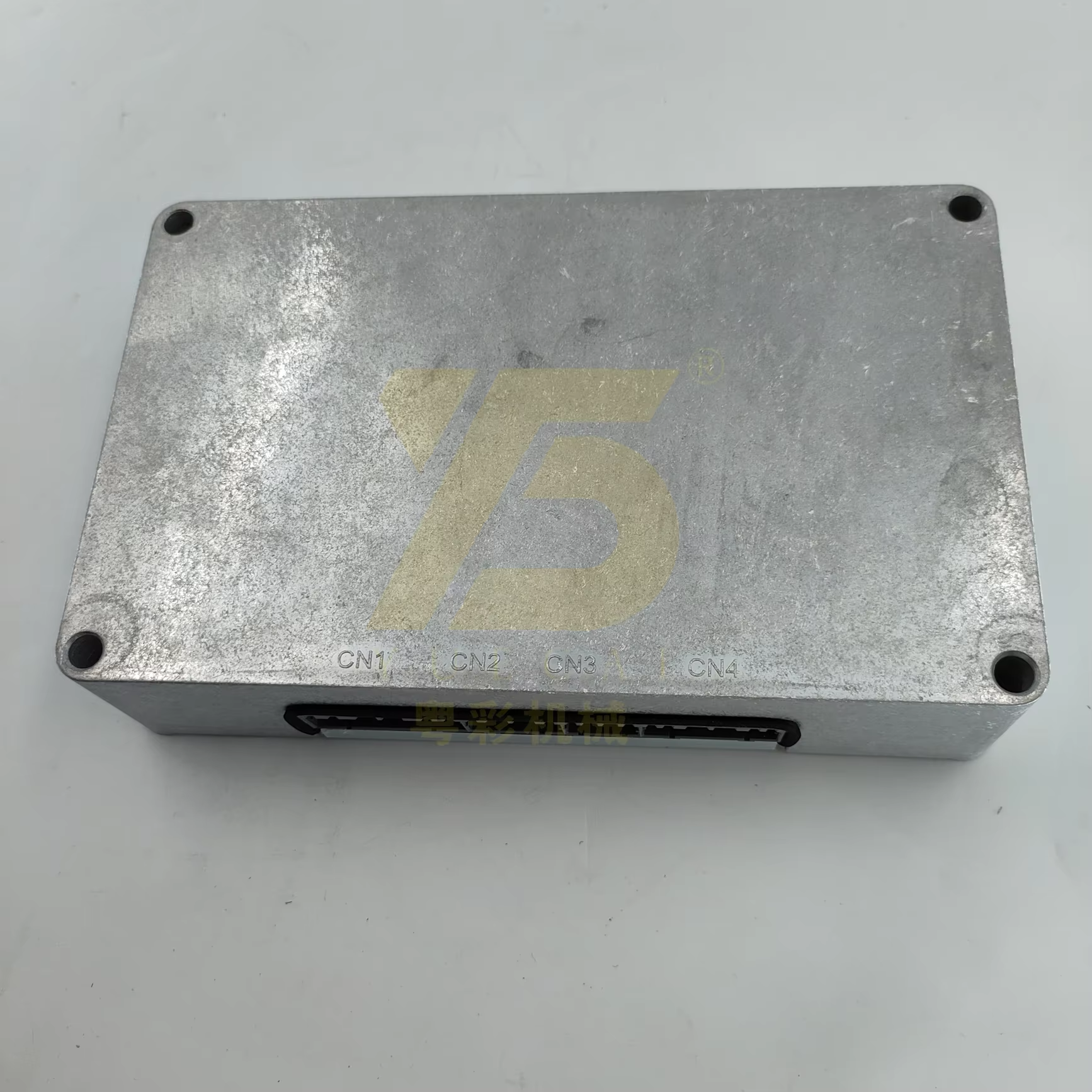The Future of Excavation: How Technology and Sustainability Are Reshaping the Industry
- apiuser
- 2025-09-09
- 180
For centuries, excavation has been defined by brute force. The image of a construction site is often one of roaring diesel engines, clouds of dust, and crews of workers manually guiding heavy steel through the earth. It’s a industry built on power and perseverance. But a quiet revolution is underway, one that is replacing sheer muscle with smart technology and replacing environmental impact with ecological stewardship. The future of excavation is not just about digging deeper or faster; it’s about digging smarter, safer, and more sustainably.
The driving forces behind this transformation are twofold: unprecedented technological innovation and an urgent, industry-wide push for sustainability. Together, they are reshaping every facet of how we move the earth, from initial planning to the final grade.
The Electric Revolution Takes Root
The most prominent trend is the shift toward electrification. Major manufacturers like Caterpillar, Komatsu, and Volvo CE are aggressively launching full-electric and hybrid excavator models. This move is fueled by stricter global emissions regulations, lower total cost of ownership due to reduced fuel and maintenance needs, and the demand for quieter operation in urban and indoor environments. Electric excavators produce zero tailpipe emissions, significantly reducing the carbon footprint of construction projects and improving air quality for workers.
Automation and the Rise of the "Smart" Job Site
Automation is no longer a futuristic concept. Semi-autonomous and fully autonomous excavators are being deployed for repetitive and precise tasks, such as trench digging and grading. These machines use a combination of GPS, IoT sensors, and machine learning to operate with incredible accuracy, reducing human error and increasing productivity. Furthermore, telematics systems now provide real-time data on machine health, location, fuel consumption, and utilization, allowing fleet managers to optimize operations, schedule predictive maintenance, and minimize downtime.
Enhanced Safety Through Technology
Safety is receiving a major boost from new technologies. Advanced operator assistance systems are becoming standard. Features like 360-degree camera views, proximity detection systems that alert operators to nearby workers and obstacles, and load-assist systems that prevent tipping are making job sites safer than ever before. Some models even incorporate augmented reality (AR) displays to help operators see buried utilities or planned dig paths overlaid on the real world.
The Human Element: Evolving Skills for a New Era
This technological and sustainable shift is not making human workers obsolete; it is redefining their roles. The excavator operator of the future is less a pure equipment driver and more a technology manager. They need to be proficient in interpreting 3D models, managing data from multiple sources, and troubleshooting complex hydraulic-electronic systems. The demand is rising for skills in data analysis, drone operation, and remote machinery control. Training and education are paramount. Vocational schools and equipment manufacturers are already adapting their programs to create a new generation of "digital operators" who are as comfortable with a tablet as they are with a joystick.
Conclusion: A Foundation for a Smarter, Greener World
The future of excavation is a compelling synergy of bits and bytes meeting dirt and steel. It’s a future where projects are completed faster, with greater accuracy, and at a lower ultimate cost—both financial and environmental. The industry is shedding its old skin of being a dirty, dangerous, and wasteful necessity and is emerging as a high-tech, data-centric, and environmentally conscious profession.
As these technologies become more accessible and sustainable practices become the standard, we will build a world not just with stronger foundations, but with a smarter and more responsible approach to shaping the very ground beneath our feet. The excavation site of tomorrow will be quieter, cleaner, and smarter, laying the groundwork for a truly sustainable built environment.
Related Blogs
-

Infrastructure Boom Drives Global Surge in Excavator Parts Demand
-

The Future Trajectory of the Excavator Industry: A Glimpse into the Upcoming Trends
-

Optimize Excavator Output with a Durable and Intelligent Engine Controller System
-

Smart Excavator Engine Controller Upgrades for Better Control and Machine Stability
-

Excavator Engine Controller ECU Boosts Performance Efficiency
Give Us What You Need
SUBSCRIBE
INQUIRY

